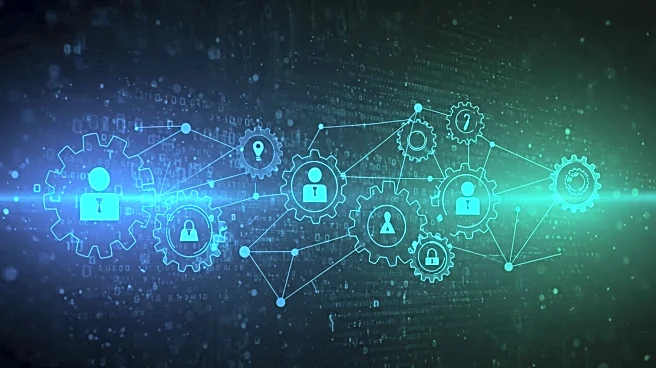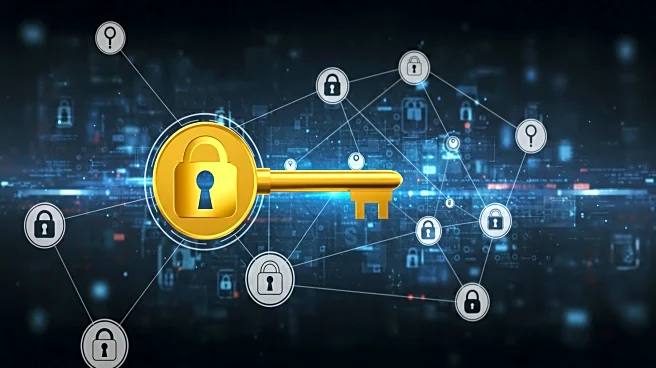What's Happening?
The United States, in collaboration with Australia, Canada, New Zealand, Germany, and the Netherlands, has released a unified operational technology (OT) security taxonomy. This initiative, detailed in the document 'Foundations for OT Cybersecurity: Asset Inventory Guidance for Owners and Operators,' aims to standardize asset inventory and taxonomy for industrial control systems (ICS). Published on August 13, the guide is a joint effort by nine government agencies, including four from the US. It provides a structured list of systems, hardware, and software integral to industrial information networks, with specific taxonomies for sectors like oil and gas, electricity, and water and wastewater. The document outlines a comprehensive process for OT owners and operators to create and maintain an asset inventory, focusing on cybersecurity, risk management, and continuous improvement.
Why It's Important?
The development of a unified OT security taxonomy is crucial for enhancing cybersecurity across industrial sectors. By standardizing asset inventories and taxonomies, the initiative aims to improve the protection of critical infrastructure against cyber threats. This is particularly significant for industries such as oil and gas, electricity, and water, which are vital to national security and economic stability. The guidance helps operators manage risks, maintain system reliability, and ensure performance monitoring, thereby reducing vulnerabilities to cyberattacks. As industrial systems become increasingly interconnected, the need for robust cybersecurity measures grows, making this initiative a key step in safeguarding essential services.
What's Next?
The implementation of this unified OT security taxonomy will likely lead to increased collaboration among international partners in cybersecurity efforts. OT owners and operators are expected to adopt the guidelines to enhance their asset management and cybersecurity practices. This may involve training and awareness programs to ensure effective use of the taxonomy. Additionally, continuous improvement processes will be crucial as technology evolves and new threats emerge. Stakeholders, including government agencies and industry leaders, will need to monitor the effectiveness of these measures and adapt strategies accordingly to maintain robust cybersecurity defenses.













